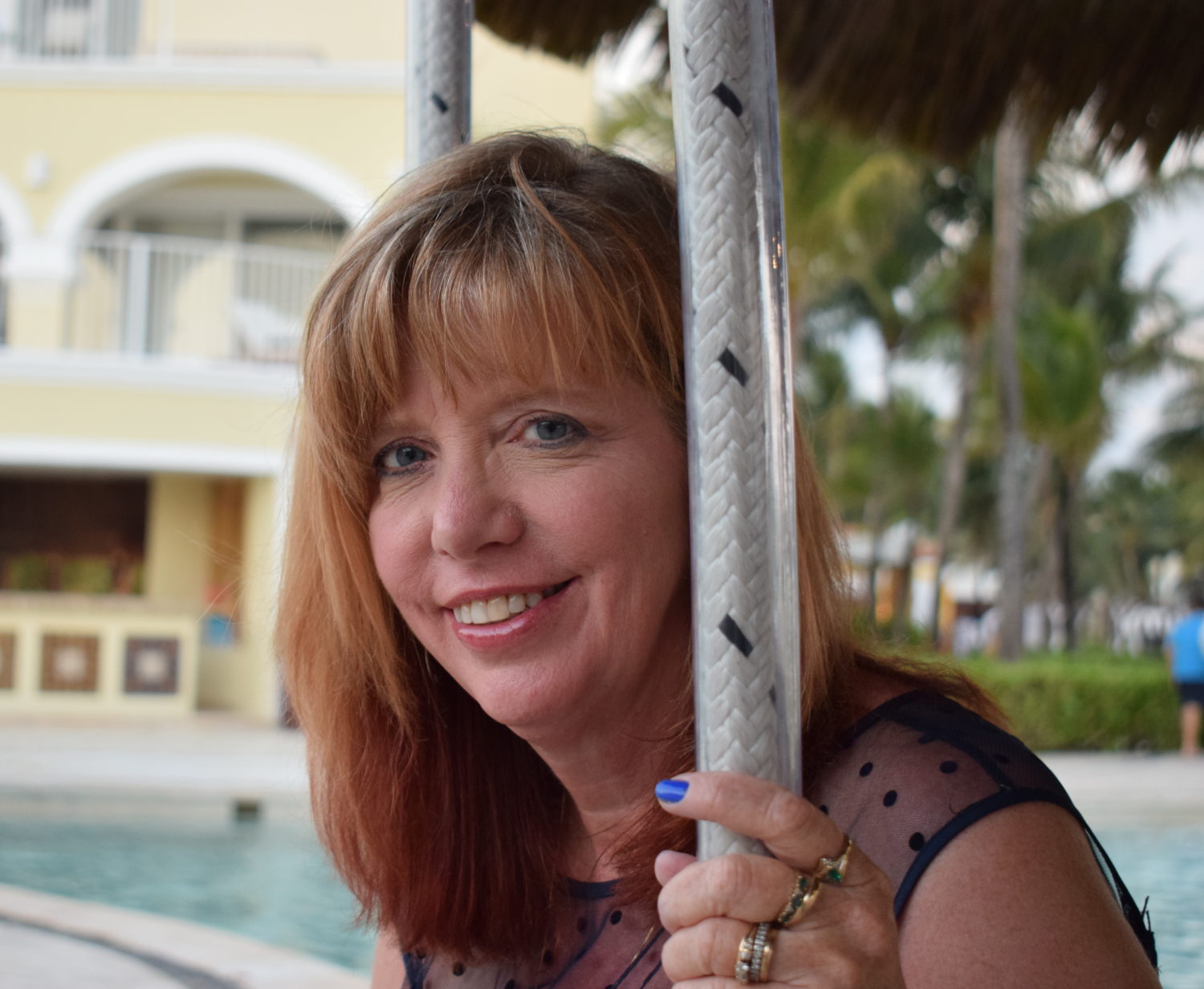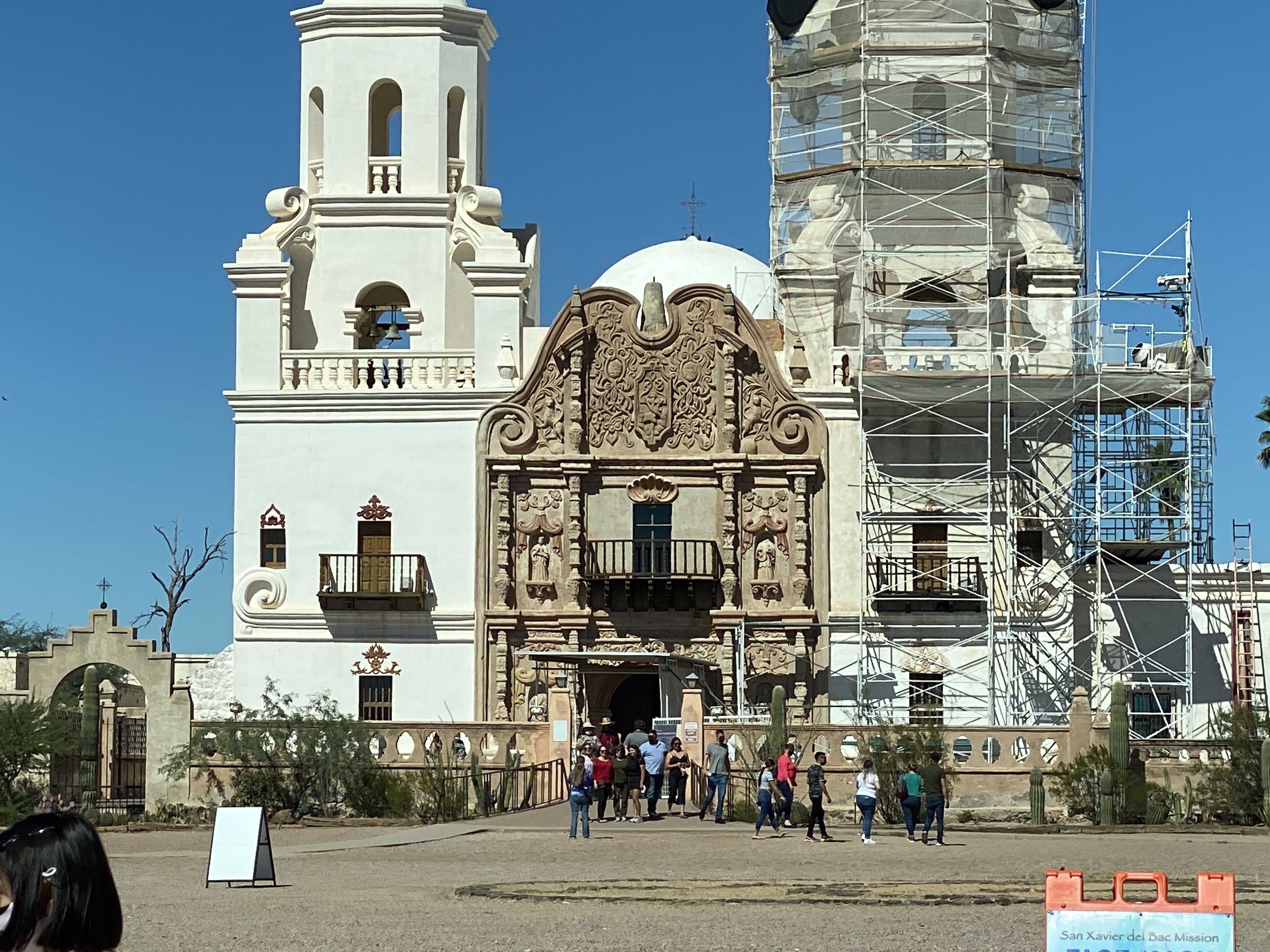Driving south on I-19 from downtown Tucson, Arizona, Mission San Xavier del Bac rises on the Sonoran Desert horizon. Some call it The White Dove of the Desert. Having visited India a few times, I felt transported to driving past temples in the middle of a greener landscape. This beauty is breathtaking. There’s just something beautiful about a house of worship appearing unexpectedly.
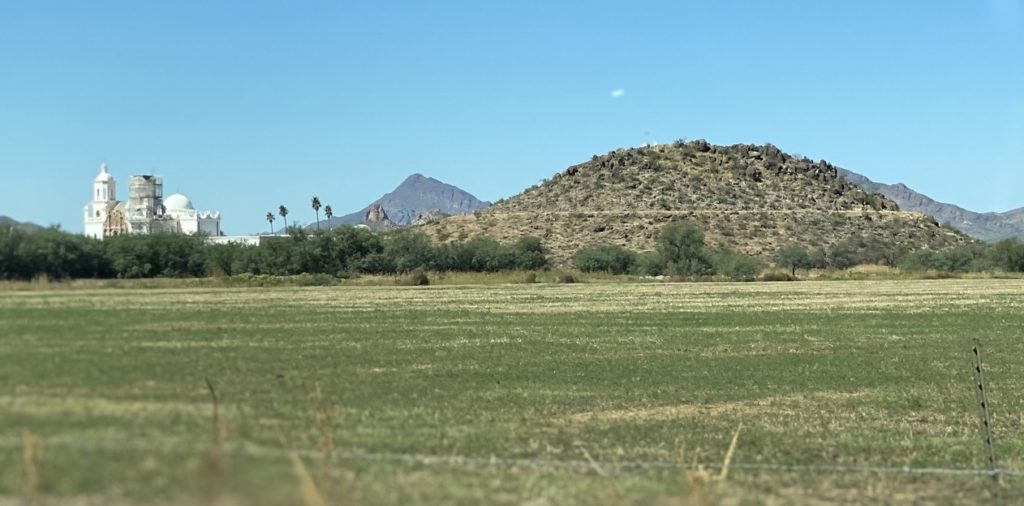
Mission San Xavier del Bac is a National Historic Landmark located on the Wa:k O’odum reservation (the indigenous people community for which it was built). One of Arizona’s eight missions established between 1687 and 1720, this is the only one of them that survives and is working today. Driving up to the parking lot in front of the mission, we were greeted on this Sunday by booths cooking fry bread and other local fare.
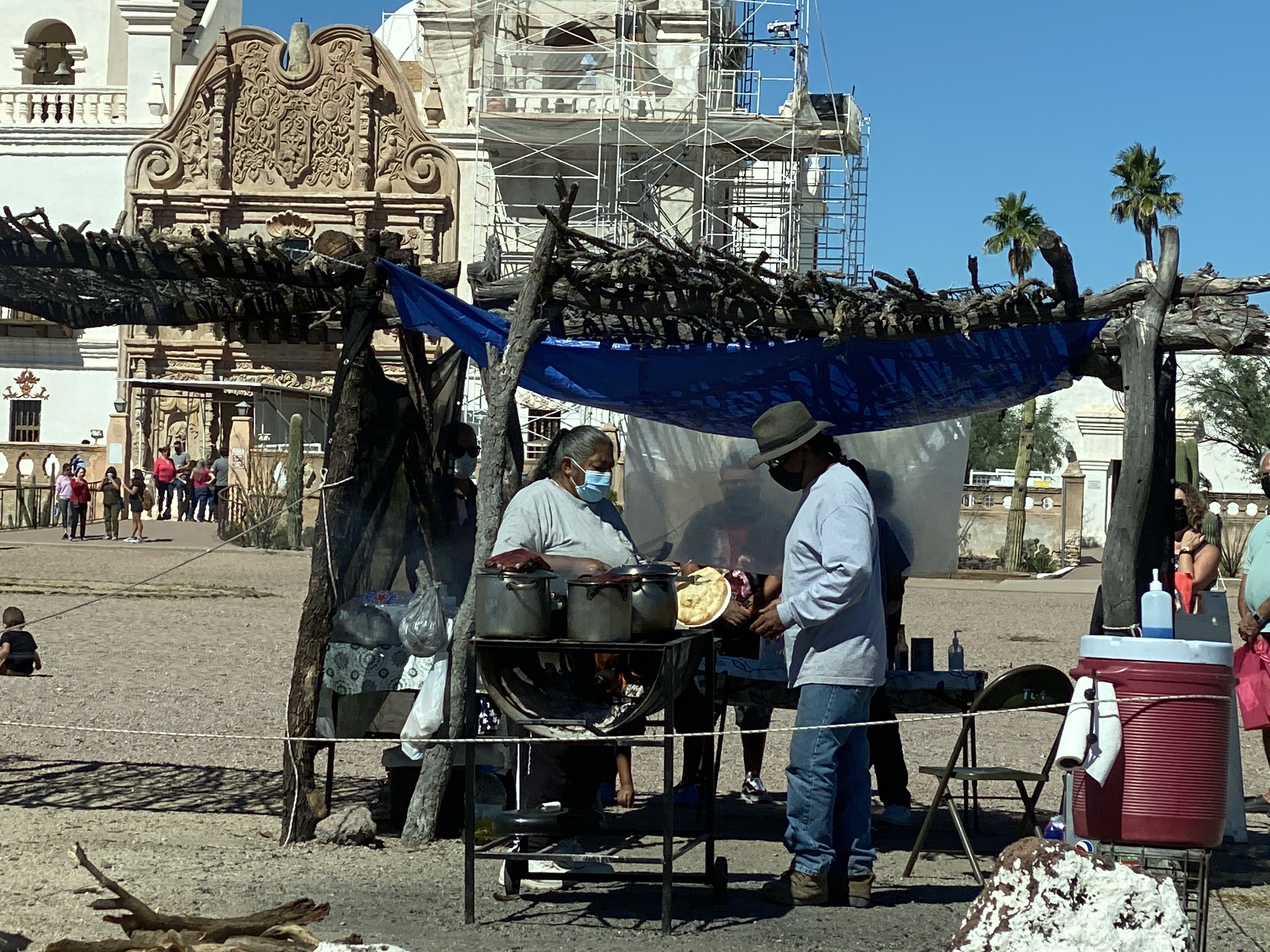
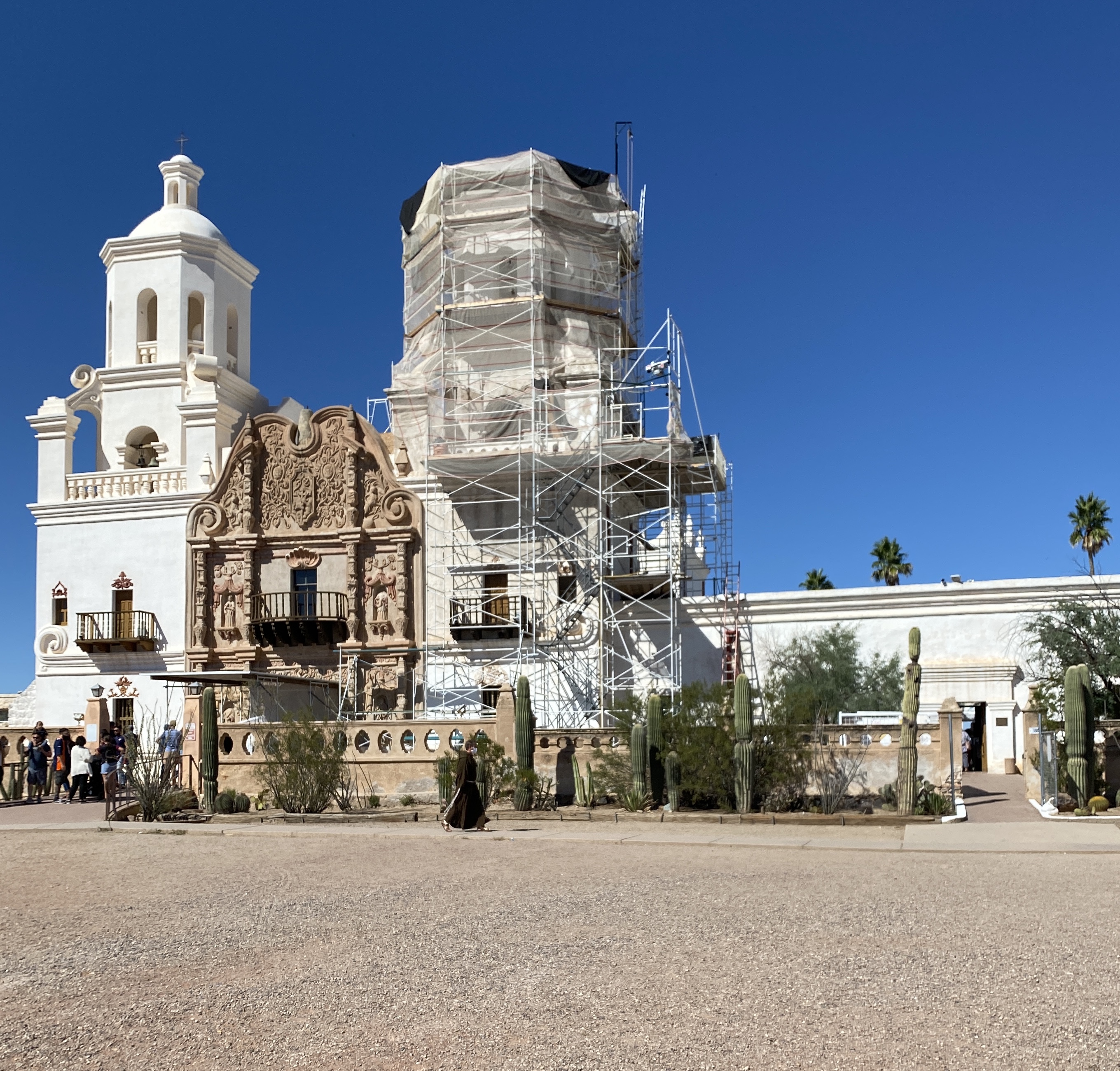
Before visiting the mission, we looked around the shopping center across the parking lot where we met actor, Joe Begay, who played in many movies such as Young Guns, Frisco Kid, Dancing Hawk and Buffalo Soldiers. He was selling jewelry and his stories and photo album were a delightful way to spend a little time with a legend. He told my daughter, Melissa, and me that he had to go to school to learn how to be an Indian for his roles! What a great sense of humor from a man who is so proud of his offspring following in his Hollywood footsteps.
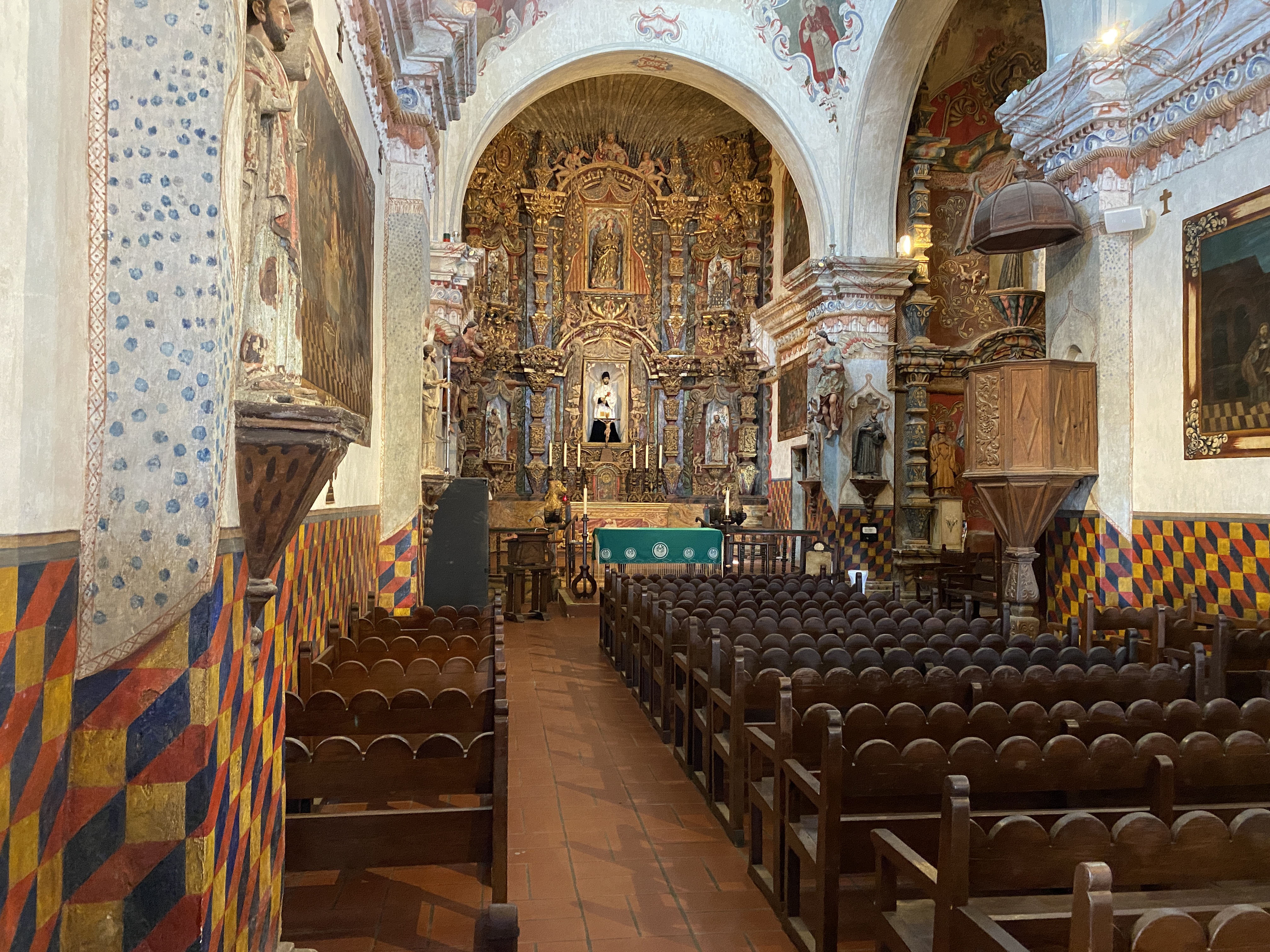
There were a few other shops, one in which I bought a Sleeping Beauty turquoise ring made by Sheryl Martinez a Navajo mother who has taken over the legacy of her mother, renowned artisan Marie Tsosie.
After shopping, we headed to the mission itself which began in 1692 on a different site. The construction of this present-day, Mexican baroque structure started in 1783 and was never completed when funding ran out 14 years later. The third tier ofthe East Tower is still missing its dome and lantern. Some say Mission San Xavier will only be completed by the “Excellent Builder” when He returns.
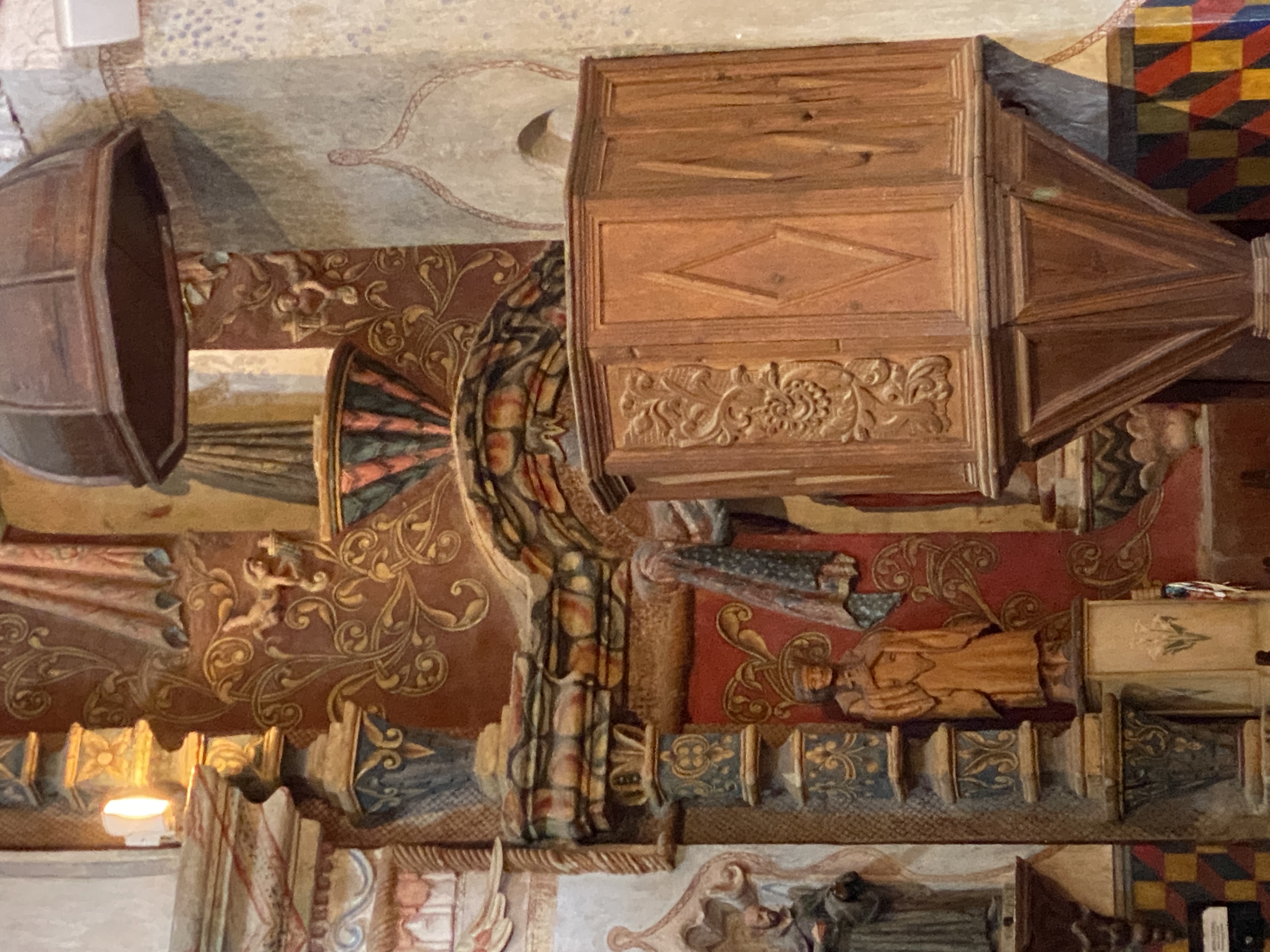
San Xavier Mission Del Bac is constructed from volcanic rubble in the walls’ interior and covered with a slurry that remains intact today. Unfortunately, the method of creating this wall covering has been lost to time. Walking through the iron entry gates, visitors walk straight into the main sanctuary and visitors must remain in the narthex behind the worshippers’ seating area since the mission is still a place of worship: people come to pray and worship whenever the building is open.

The art visitors see everywhere is exquisite as is the wooden structures supporting the art. The pulpit, railings and seating are strong and well crafted. But, what caught my eye was the door where visitors exit to the left into a courtyard. Presumably, the door is the original constructed almost 300 years ago. The weathering of the wood grain was deep. A friar onsite spoke with Melissa about the amazing craftmanship it must have required to allow that door to stand strong over the years.
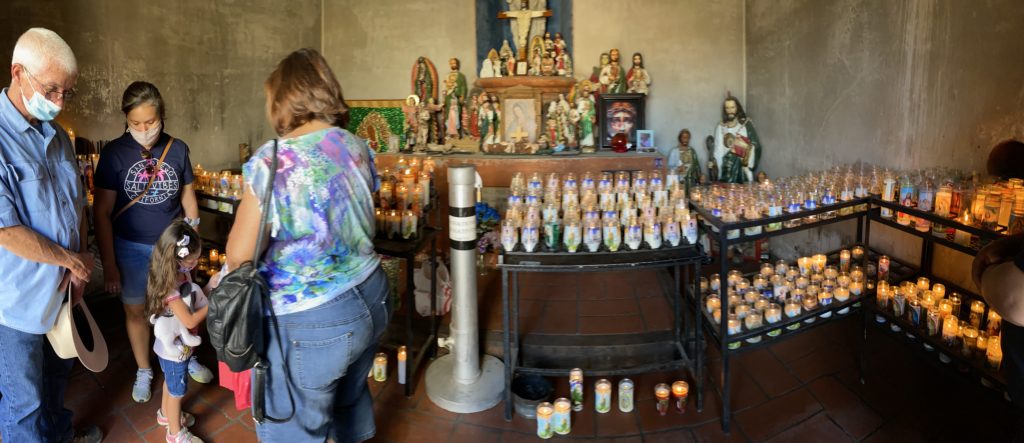
We walked out to the Mortuary Chapel in the courtyard to the west of the main church. Statues of saints fill its interior as well as candles used for special prayers. For those who are inclined to assist in the preservation of the mission, there is a donation box front and center. As the mission is free to visit, this is something we were glad to do. There is a school onsite for K through 8th grade, a gift shop, museum and parish offices.
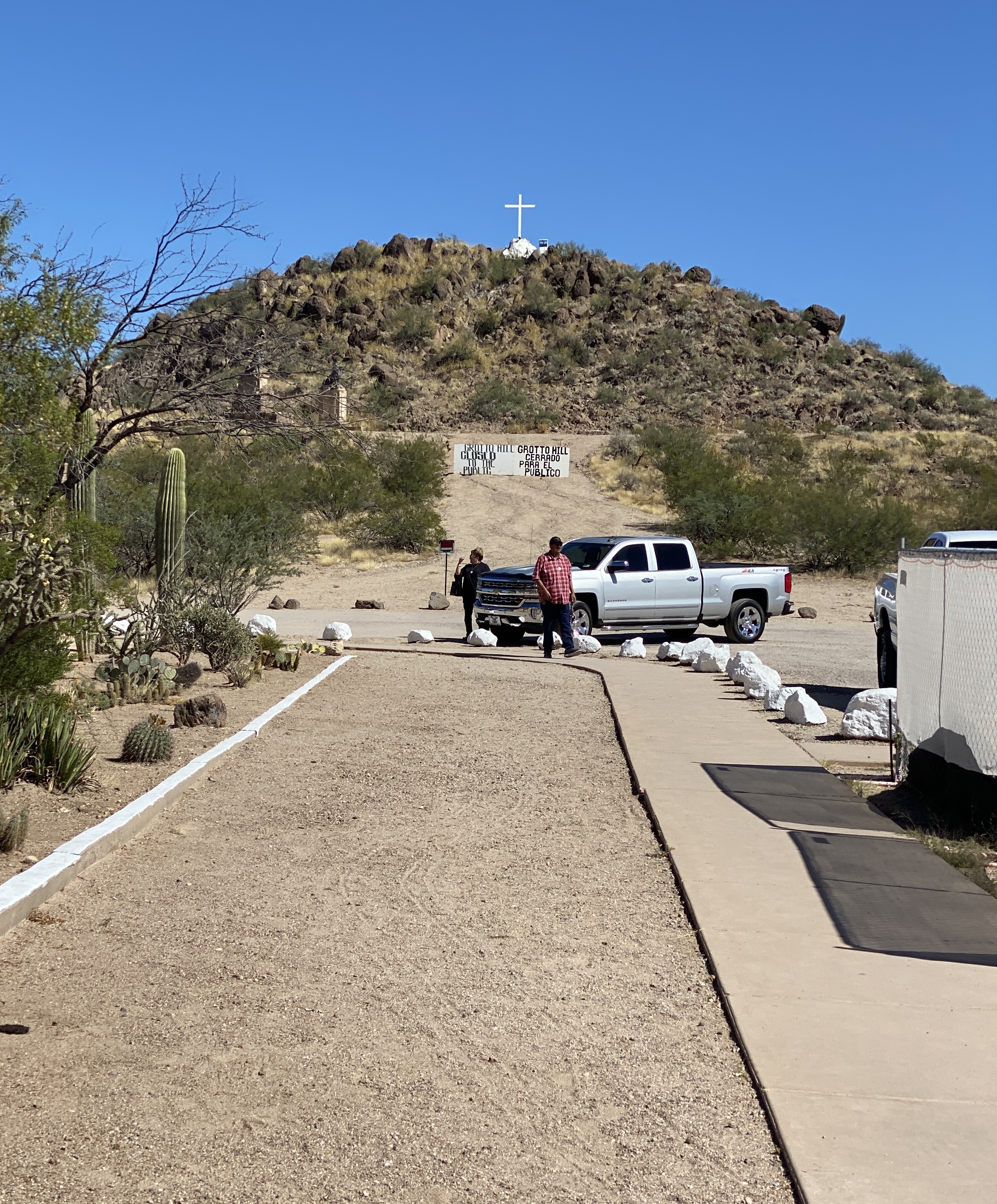
Upon exiting the front entrance, visitors can walk over toward Grotto Hill, a huge burial mound topped by a large white cross. This site is not part of the tour as it is an active indigenous burial ground.
If you have time to drive ten miles south of downtown Tucson, I highly recommend this experience. Our daughter visited several times before we came and it was the last item we ticked off of our itinerary before heading to the airport. I am so glad we experienced this gorgeous house of worship.
